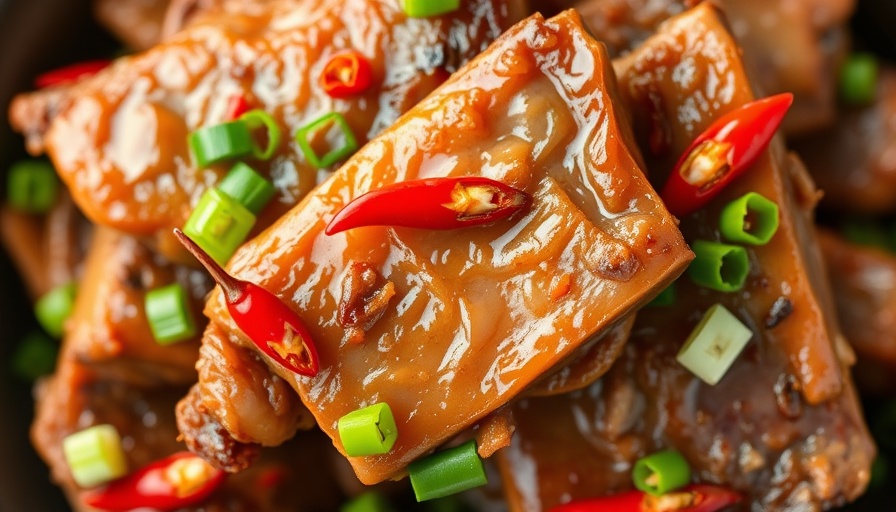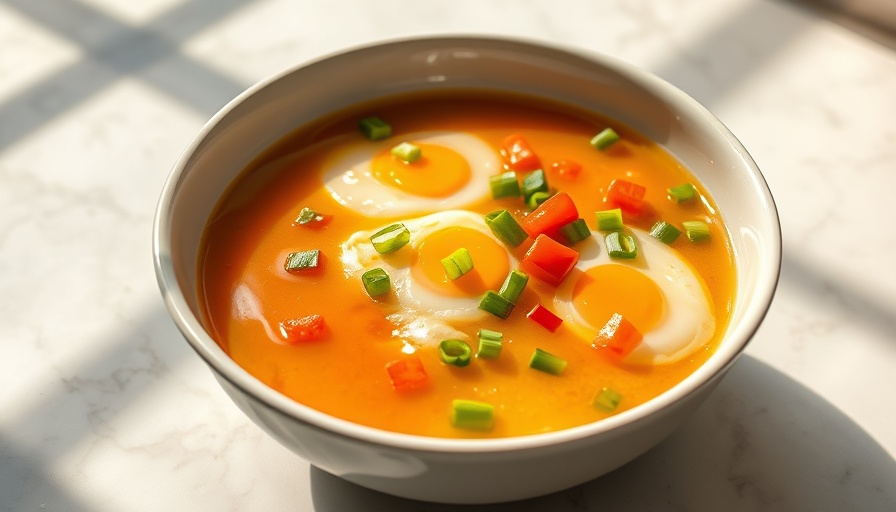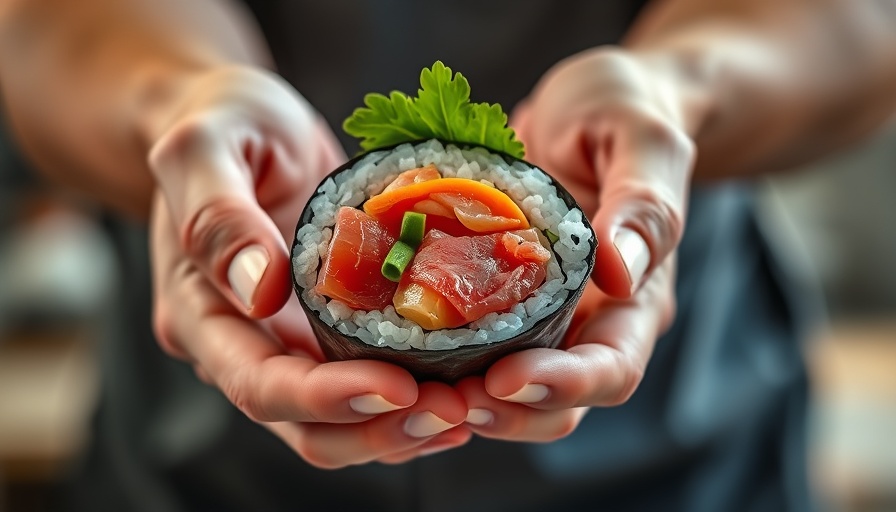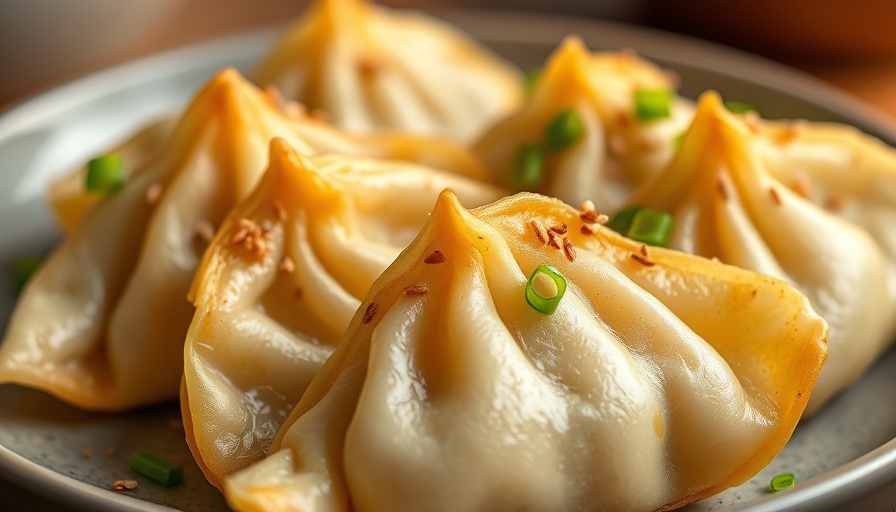
Exploring the Delights of Steamed Pork Ribs
If you’ve ever enjoyed dim sum at a Chinese restaurant, you likely remember the burst of flavor from the small plates of steamed pork ribs. With a rich, savory profile enhanced by the unique taste of fermented black beans, this dish is a beloved staple that’s as satisfying as it is comforting. Today, we're bringing this restaurant favorite into your home kitchen with an easy-to-follow recipe that offers all the flavor but with the warmth of homemade cooking.
Why You’ll Love This Recipe
Not only are these steamed pork ribs tender and juicy, but they are also a healthy alternative to heavier barbecue recipes. The steam-cooking method locks in all the flavors while allowing the meat to stay moist, making it a perfect option for a weeknight dinner or a casual gathering.
This recipe shines thanks to its key ingredient: fermented black beans. They deliver a delightful umami flavor that penetrates the pork, making each bite incredibly tasty. Coupled with a simple marinade that includes garlic, Shaoxing wine, and a touch of cornstarch for that glossy finish, these ribs are sure to impress every palate.
Ingredients You’ll Need
For the best outcome, gather the following ingredients:
- Pork spare ribs (baby back ribs work as well)
- Fermented black beans
- Garlic, minced
- Shaoxing wine
- Cornstarch
- Soy sauce and sesame oil
These components come together to create a well-balanced dish that’s full of flavor.
Step-by-Step Instructions
Making steamed pork ribs at home is simpler than you might think! Here’s how to do it:
- Preparation: Start by rinsing the fermented black beans and chopping them to control their salty punch. Marinate your pork ribs with garlic, black beans, Shaoxing wine, and a bit of soy sauce. Let the marinade sit for at least 30 minutes.
- Coat the Ribs: After the marinating period, sprinkle cornstarch over the ribs, ensuring they are evenly coated. This step is crucial as it helps create that silky texture we all love.
-
Steaming: Place the ribs in a steamer basket or on a plate that fits your steamer. Steam over boiling water for about 20 minutes, or until the ribs are tender.
**Pro Tip:** If you don’t have a traditional steamer, you can improvise with a pot and a heat-proof plate or even use a microwave-safe container with a lid. - Serving: Serve the ribs hot, drizzled with the cooking sauce over a bowl of steamed rice for a complete meal.
What to Serve With Your Steamed Pork Ribs
This dish pairs beautifully with a variety of sides. Think of stir-fried greens like bok choy or Chinese long beans tossed in garlic. You might also consider dumplings or steamed buns that complement the texture of the ribs.
Healthy and Delicious: The Nutrition Angle
One of the benefits of steamed pork ribs over traditional barbecued options is their lower fat content. Steaming keeps the meat soft and eliminates excess oil and fat, making it a healthier choice. Plus, incorporating vegetables into your meal adds nutrients and minerals essential for maintaining a balanced diet.
Common Questions About Steamed Pork Ribs
Can I use other types of meat?
Yes! While pork is traditional, you can experiment with chicken or tofu for a vegetarian option, adjusting marinade times accordingly.
How do I store leftovers?
Store any leftovers in an airtight container in the fridge, where they will stay tasty for up to three days.
Ready to Try This Recipe?
The beauty of Chinese steamed pork ribs is not only in their flavor but also in their ability to effortlessly elevate your dining experience. As you gather your ingredients and prepare to make this dish, why not invite family and friends to join? Cooking together can bring added joy and create lasting memories over a comforting meal. Enjoy!
 Add Row
Add Row  Add
Add 




Write A Comment